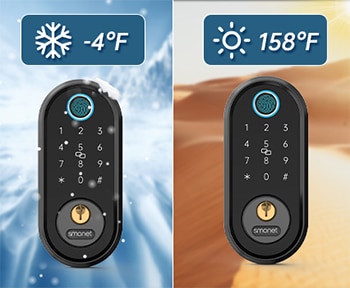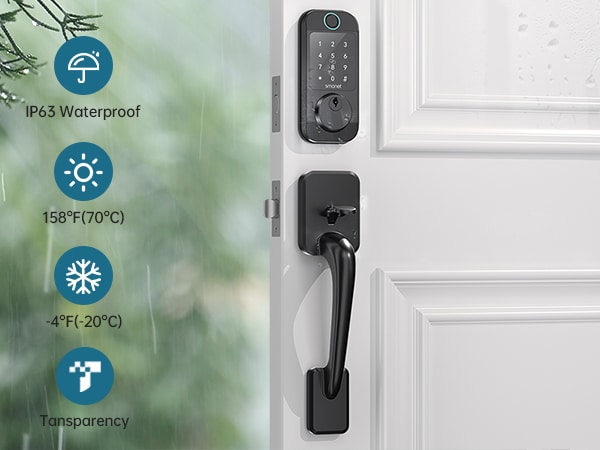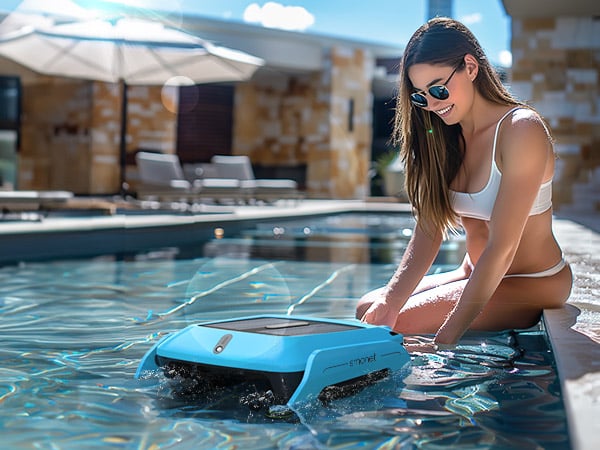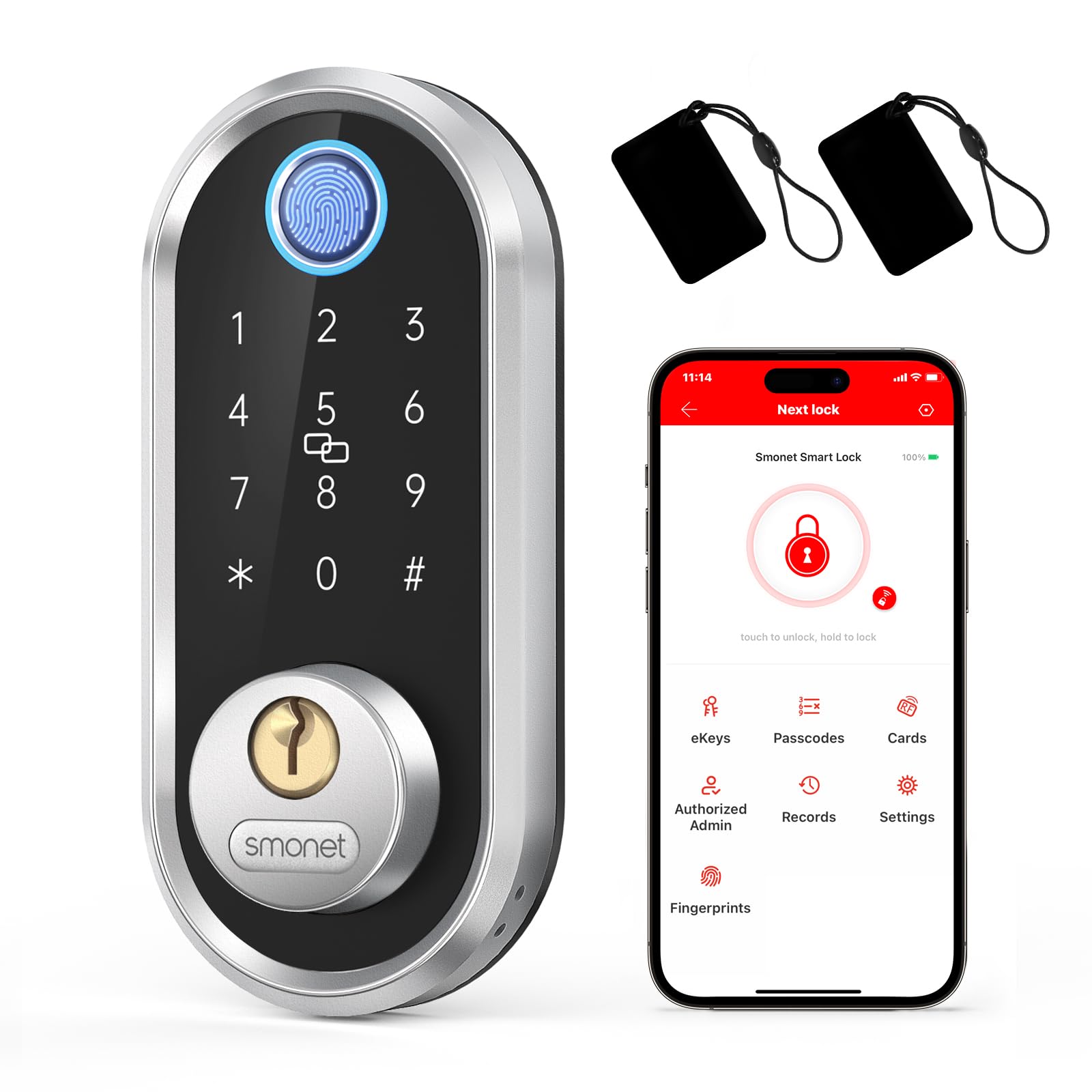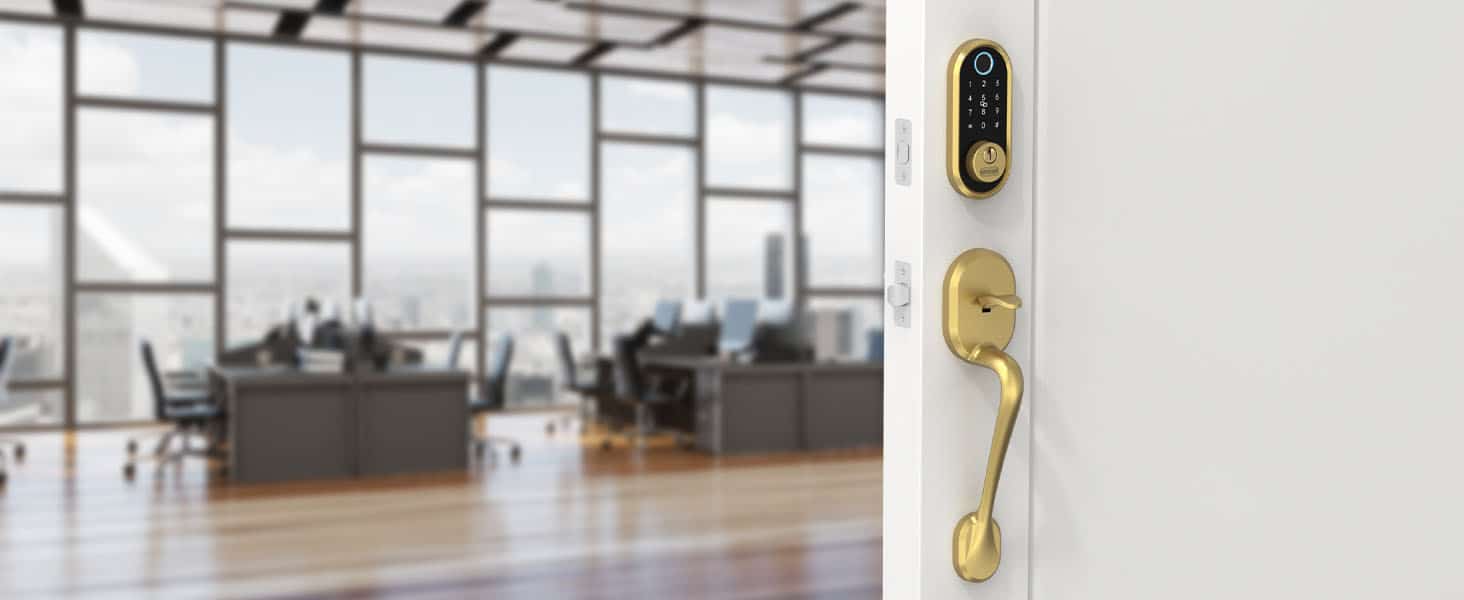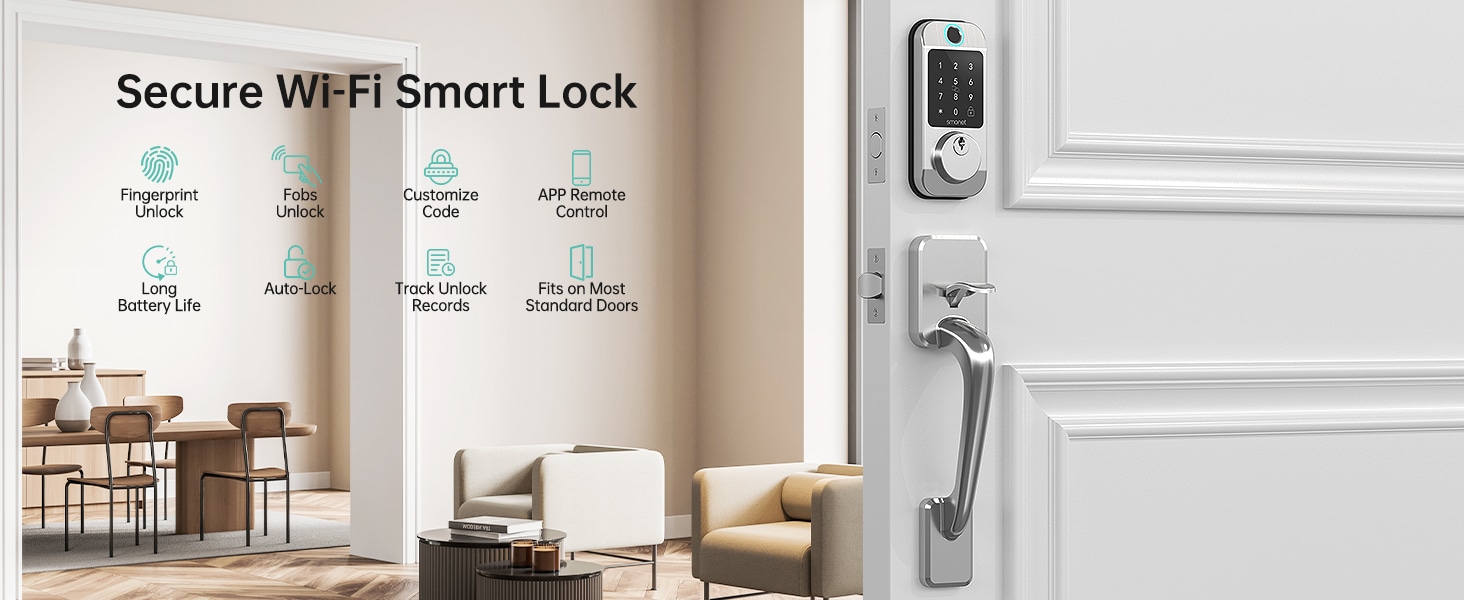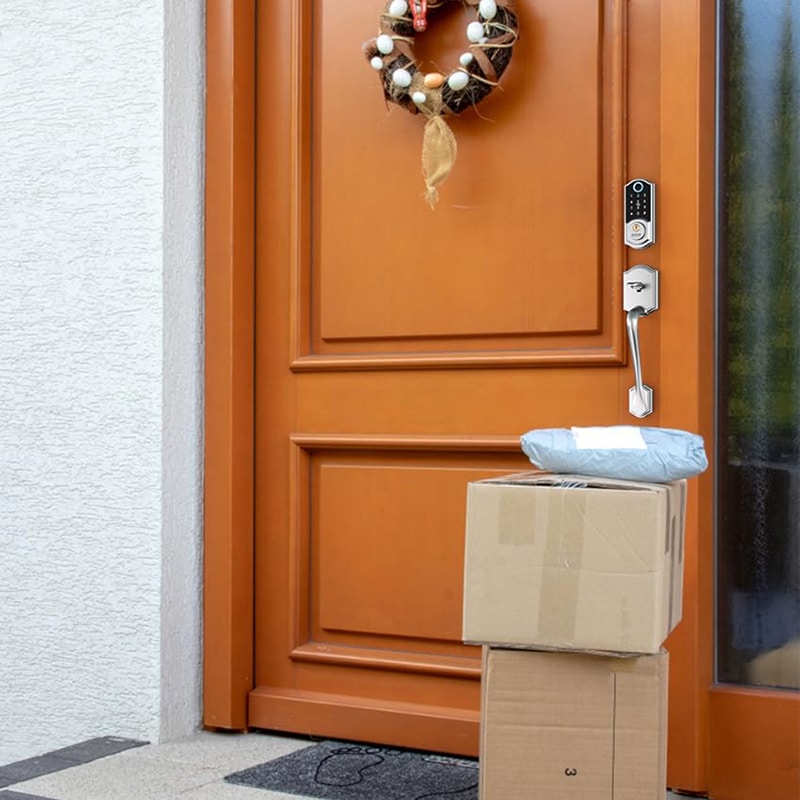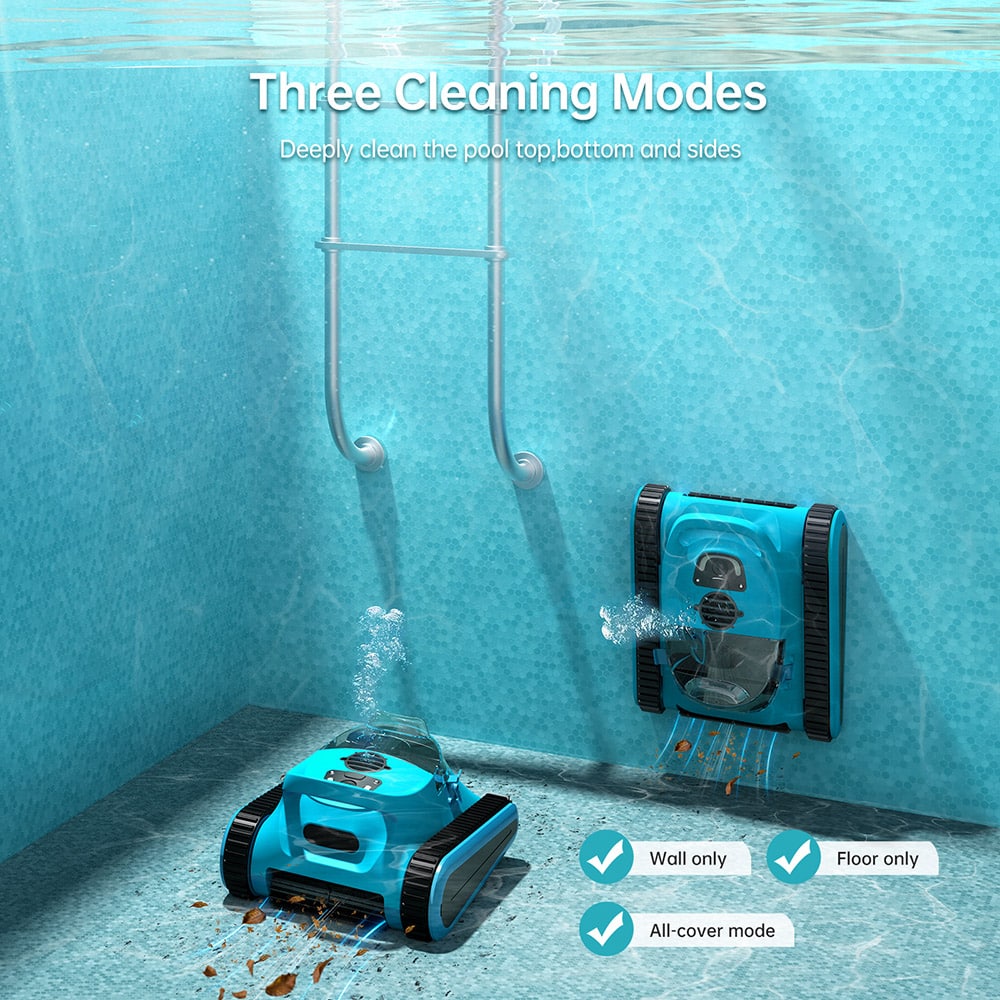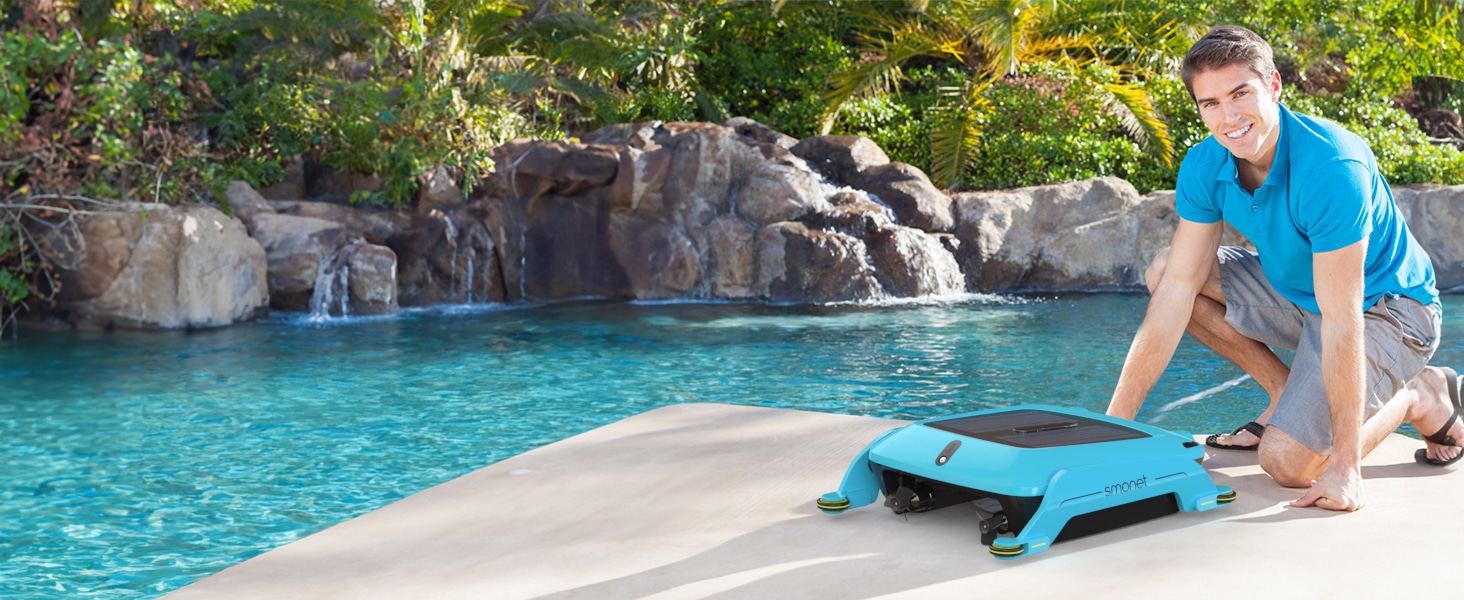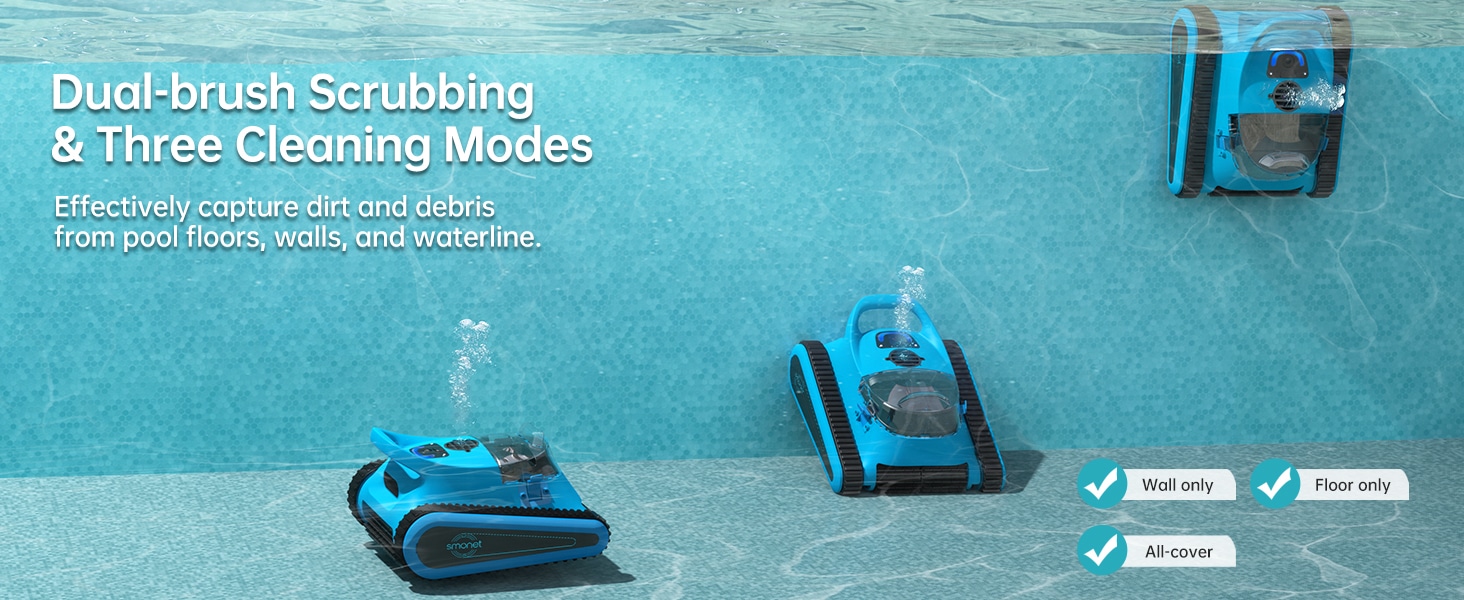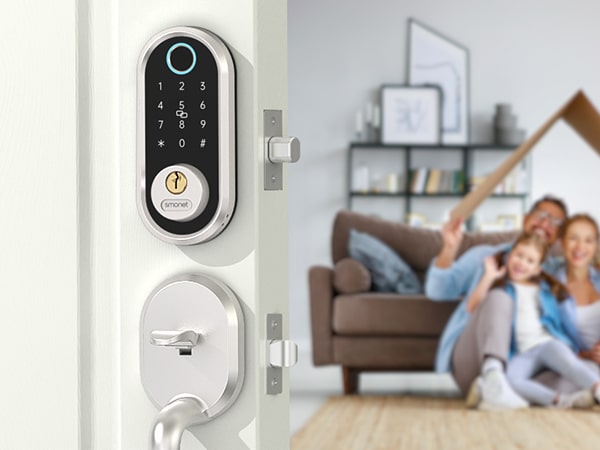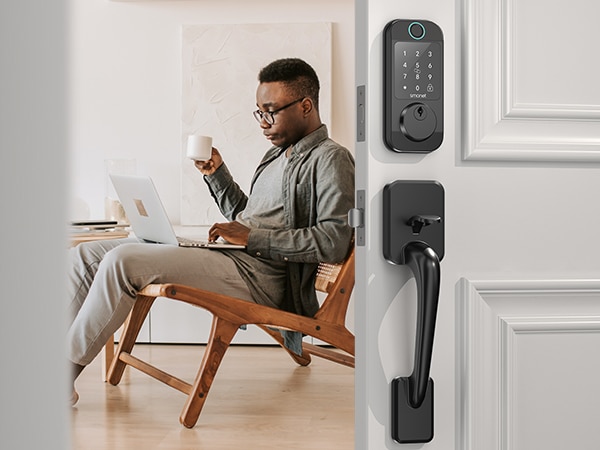Protecting Door Handle Lock Batteries From High Temperatures
In the era of smart homes, door handles and locks have become increasingly popular. They provide convenience, increased security, and a high-level home automation experience. However, as with any tech-enhanced product, certain factors can affect its performance, one of which is the operating temperature, especially in warmer climates. Here, we will discuss methods of protecting door handle with lock batteries from high temperatures.
Understanding How Heat Affects Battery Performance
Batteries are the heart of any door handles locks, determining their efficiency and life span. High temperatures can accelerate the chemical reactions in a battery, leading to faster self-discharge and potentially harmful leakage, reducing the overall life of the battery.
Strategies to Protect Door Handle Batteries from Heat
Proper Installation Location
The placement of a door handle with lock plays a crucial role in retaining battery performance. Although these locks are often located on the inside of the door, shielding them from direct, intense sunlight, it is crucial to take some thought into the structure and design of your home into consideration. Install smart locks in a location that minimizes exposure to direct sunlight.
Using Heat Resistant Batteries
One essential strategy includes choosing heat-resistant batteries, like Lithium-ion batteries. These batteries provide a higher performance level in hotter climates compared to standard alkaline batteries.
Regular Check-ups
Regular inspection of your door handles and locks’ battery compartment can provide early detection of battery leakage, preventing potential harm to the lock’s internals from heat-induced battery failure.
Using a Lock Cover
The best smart door handle with lock cover works as a shield by blocking direct solar radiation on the lock. Manufacturers sometimes offer lock covers or protective cases made from heat-resistant materials. They’re excellent at keeping temperature levels in check.
Adequate Ventilation
If possible, make sure that the area around your door handle with lock is adequately ventilated. This can aid in keeping the surrounding temperatures lower.
Keep Spare Batteries
In case of a sudden battery failure due to overheating, it is always prudent to keep spare batteries at home. Quick replacement minimizes the time your home stays vulnerable.
Conclusion
High temperatures can impact the longevity and efficiency of door handles locks batteries. However, with the aid of protective measures such as appropriate installation, use of heat-resistant batteries, regular check-ups, and protective covers, one can efficiently safeguard their door handles and locks even in warmer climates. Remember to always refer to your lock manufacturer’s guidelines for specific battery care instructions.
Prime Day OFF
Until the End
-
Master Of Cleanliness: Visual Guide To Recognizing And Understanding Your Electric Pool Cleaners
-
Making the Right Choice for A Best Keypad Door Lock: A Guide Based on Material Consideration
-
The 7 Most Common Types of Locks for Home and Office Security
-
Door Knob With Fingerprint Identification- The Future Of Home Security
-
Selecting the Ideal Digital Door Lock Style and Color for Your Abode
-
Evolution Of Security- Smart Door Key Lock
-
Mailbox Digital Lock- Reinventing Mail Security In The Digital Age
-
Exploring Alternative Unlocking Solutions - Smart Lock Fingerprint Cards and Wristbands
-
Touch Id Door Locks- Next-Generation Security At Your Fingertips
-
Smonet Home Door Lock- The Future Of Home Security

